
Kimono are made of delicate materials so they should be treated immediately when they become dirty. So check thoroughly whether the kimono is dirty immediately after you take it off, not only when you notice some dirt marks. In this article, we will explain the parts that get dirty easily and how to wash it.
Parts that Easily Get Dirty

If you're not familiar with kimono, you won't know where it gets dirty and where you should be careful. First, let's look at the parts that easily get dirty
- Kake-eri (掛衿 hanging collar): the area around the neck is most likely to get dirty from perspiration and makeup.
- Sode-guchi (袖口 sleeves' cuffs): these are prone to marks from sweat, sebum, and dirt on both the outside and inside.
- Maemigoro (前身頃 front body): The part of the kimono that covers the front body is vulnerable to spillages when eating.
- Uraji (裏地 back): the back can get sweat stains when you are wearing kimono in summer or in a hot place.
- Suso (裾 hem): It is easy to get dirt and stains from the hem brushing the dust and dirt on the ground.
Which Kimono can be Washed at Home?
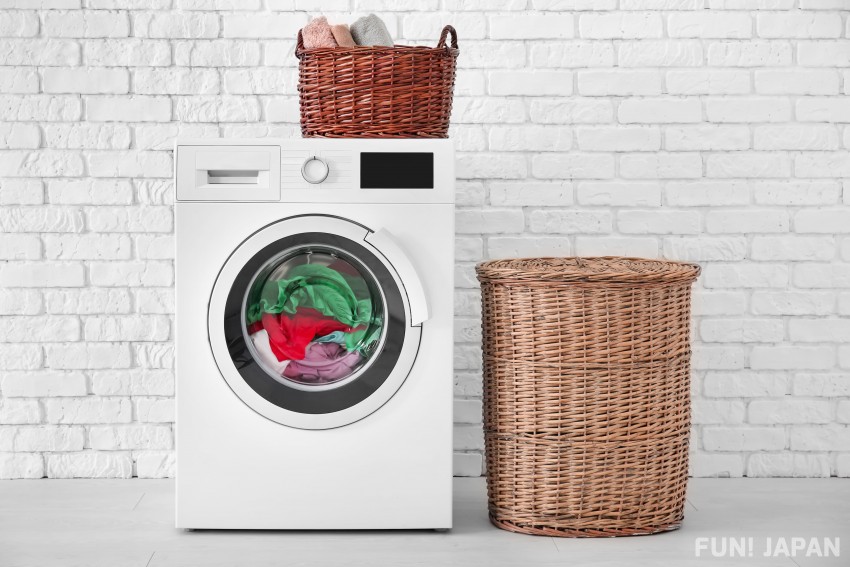
Basically, it is best to ask a specialized laundry shop or kimono store to take care of your kimono. However, some kimono can be washed at home, and even laymen can wash some kimono parts. Here are some types of kimono that you can wash at home.
- Kimono that are for everyday wear and have a hand-washing mark on the washing instructions label.
- Kimono that have no lining and are made of transparent material, and are made as a single garment.
- Kimono made of natural materials such as cotton and wool, or synthetic fibers such as polyester.
Be Careful About These Parts!
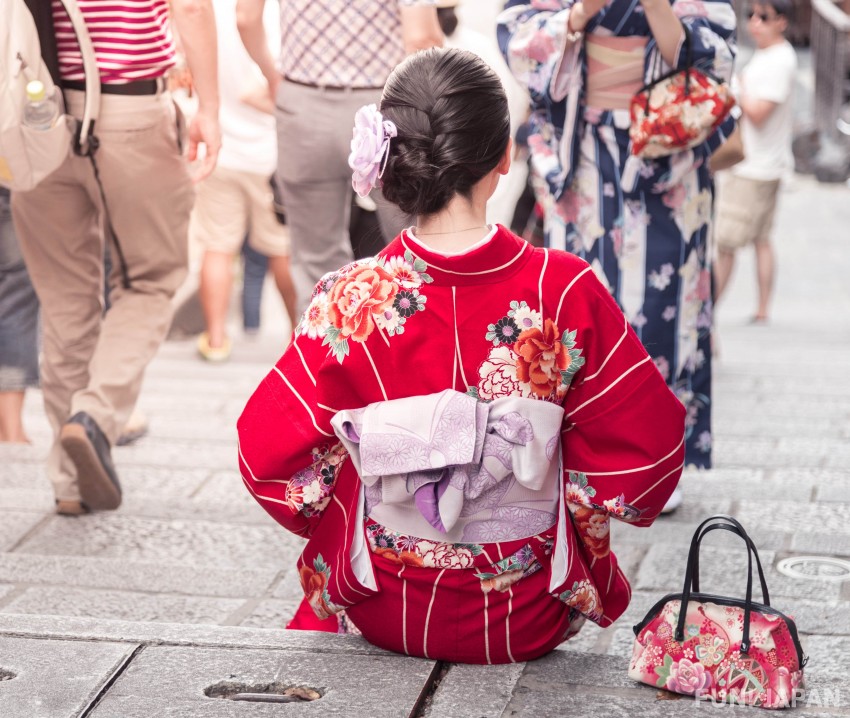
- Even if your kimono is washable, be sure to check that its colors do not fade or run before washing.
- If there is no product information tag or you are not sure of the material, it is to check with better to check at the shop where you bought it.
- Pure silk kimono, decorations such as tie-dyed parts and embroidery, and kimono tailored with a lining may shrink, and get stained or discolored, just from immersion in water, so do not wash these at home.
- For expensive kimono for special occasions and antique kimono in particular, leave them to the professionals to take care of them.
How to Wash a Kimono
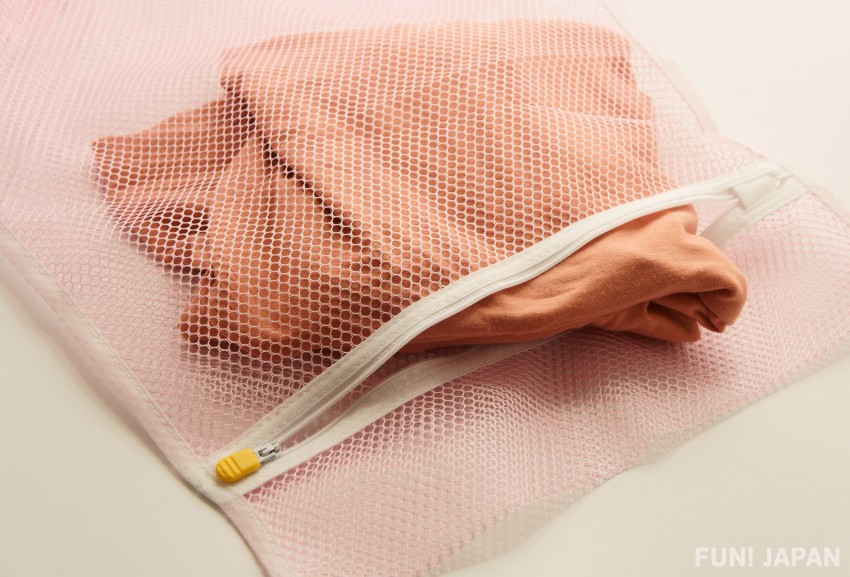
So, let's start by introducing how to wash kimono at home.
1. "Sleeve-fold" the kimono
For Sode-tatami (そでたたみ sleeve-folding), it's easy if you imagine how to fold an overcoat. Hold both shoulders so that the back of the kimono faces you. Fold it inside so that both shoulders are put together, and fold it vertically in line symmetry. Align the sleeves with the body and fold it in three so that you can wrap it with your arm. done.
2. Put the kimono in a laundry net and put it in the washing machine
Use a laundry net that fits your folded kimono perfectly.
3. Use laundry detergent for delicate garments and select a light wash setting
For wool kimono, use a special wool detergent. Avoid strong alkaline detergents, as they may cause discoloration or colors to run. Also, please note that vigorous washing on a normal cycle may cause the kimono to lose its shape.
4. Dry the kimono on a clothes hanger
Be sure to dry the kimono in the shade as direct sunlight may cause fading or discoloration.
How to Wash Undergarments and Tabi
Unlike kimono, there is no embroidery or dyeing in these, so they are relatively easy to machine wash. However, for silk garments, we recommend that you send it to a laundry shop.
- Apply neutral detergent or laundry soap to conspicuous stains before putting the kimono in the washing machine. *It is even better to put it in a laundry net.
- Add laundry detergent and wash on the normal cycle
- Spin-dry, shape them up and hang them for drying
I Want to Wash Part of the Kimono! What Should I Do if there is a Stain?
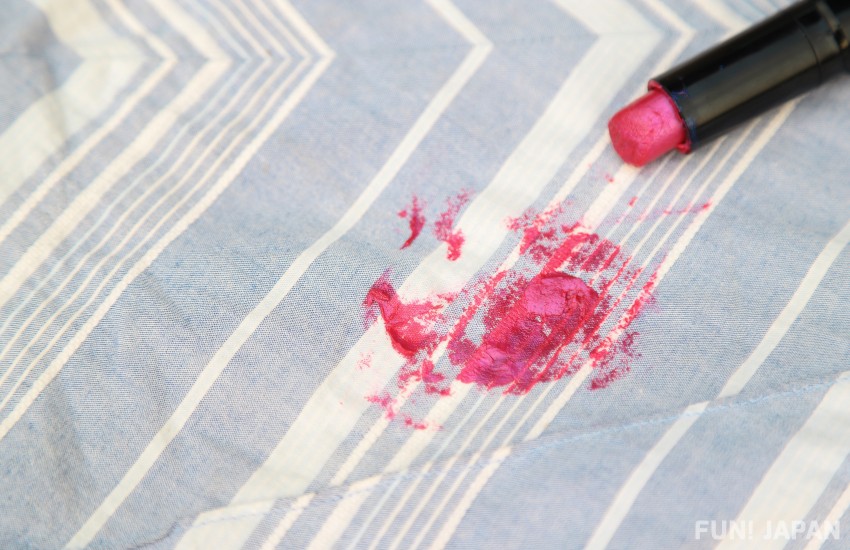
If you stain your kimono while you're out, don't panic and try the following: It's good to know these tips in advance.
Remove the dirt and wipe with a cloth
Use your fingertips or the tip of a handkerchief to remove the excess dirt. Then, use a handkerchief to absorb the stain so that it will not spread.
Removing stains such as cosmetics, ink (oil-based)
Place a cloth such as a handkerchief or napkin under the stain on the kimono. Soak white cotton gauze with alcohol or benzine. Gently dab the gauze over the stain to transfer it to the cloth.
Removing stains such as tea, alcohol, seasonings (water-based)
Place a scrap of cloth under the stain on the kimono, and use neutral dishwashing detergent diluted in the water at a ratio of 1:15 so that it completely covers the stain. Gently dab the stain with a toothbrush or white cotton gauze to transfer the stain to the cloth.
Removing stains such as chocolate, butter and mayonnaise (mixture of oil and water)
Follow the advice above to remove the oil-based stain first, then follow the steps to clean the water-based stain.
What NOT to Do if your Kimono Gets Dirty
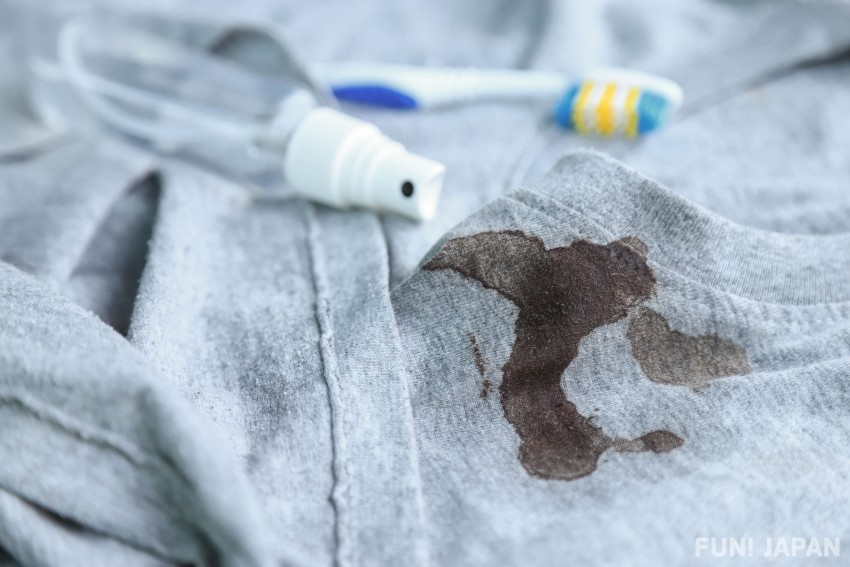
These are the two things that everyone tends to do, but actually should NOT do.
- Rub the stain: Rubbing a kimono will damage the fabric, making it difficult to remove stains.
- Wipe the stains with a hand towel: (おしぼり oshibori) hand towels provided in restaurants and other places may contain chemicals such as alcohol, which can cause discoloration. Be sure to use the handkerchief you brought for kimono first aid instead of a hand towel.
How to Take Care of Kimono Correctly
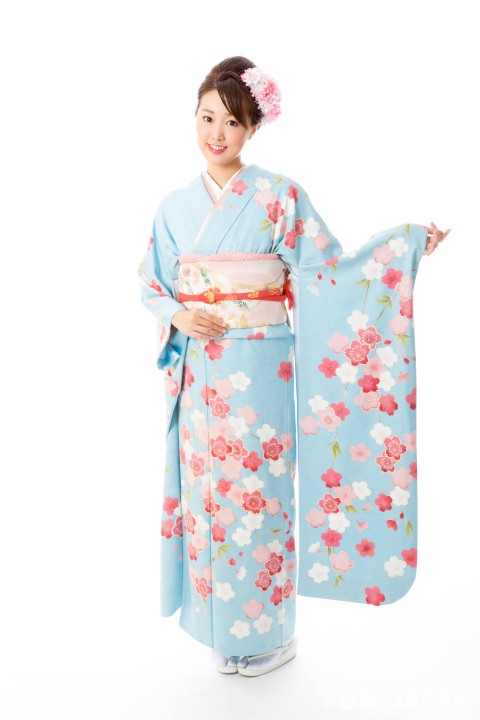
Depending on the environment at home it may not be easy, but if possible, keep your kimono according to the following instructions.
STEP 1: "Book-fold" (本だたみ hon-datami) the kimono
Take off your kimono and fold it along your eyes. Be careful not to fold the parts of the kimono without seams.
STEP 2: Place the folded kimono on Tatoushi (畳紙) paper
If you have a "preservation bag for kimono" (着物専用保存袋), put it in with Tatoushi (畳紙) paper and store it.
*Tatoushi paper is a thick paper that is rugged and lacquered, and is mainly used for wrapping kimono.
STEP 3: Put in a chest and put insect repellent in the four corners
For the chest or drawer to store your kimono, we recommend the Kiri tansu (桐ダンス Paulownia wood chest), which has good breathability. If don't have a paulownia chest, put in a desiccant to prevent moisture and be sure to replace them occasionally.
*Do not place the desiccant in a place where it will come into direct contact with the kimono, as this may cause discoloration or deterioration.
*If you have a "preservation bag for kimono" (着物専用保存袋) that has an insect repellent effect, you can dispense with separate insect repellent.
Hang the Kimono to Air it 3 or 4 times a Year

On a dry sunny day, put the kimono on a hanger and air it in the shade for about four hours.
If you spot stains, discoloration, or maggots when you air your kimono, take immediate action. That is the key to making your kimono last longer.
A kimono is not cheap, but if you wash it well and keep it carefully, it will last for generations and can be worn many times. Please take good care of it and treat it gently.

Comments